 Roger Ebert says video games can never be art. Big Daddy isn’t happy.
Roger Ebert says video games can never be art. Big Daddy isn’t happy. Roger Ebert, one of America’s most esteemed film critics, triggered a monumental discussion on the gaming community with his recent journal entry:
Video games can never be art.
The debate on whether video games are worthy of aspiring to become an art form
isn’t new. Ebert’s take on the subject, although somewhat narrow considering the references provided and his own conceptions of what makes an art form, received well over 3000 comments online in just a few days and originated very interesting arguments on the web regarding both sides of the discussion. No matter how you look at it, as
Adam Sessler said recently, video games present a very interesting problem to the question of what makes an object of art. Games are open experiences,
unlike cinema, allowing the player to become both a participant and a director of the overall experience through variable degrees of interactivity and freedom. Still, every choice a player makes within the boundaries of a video game is
determined by the vision and parameters defined by its creators. Interactivity is an integral part of the structure of a videogame, just as much as its conceptual design, its music, its storyline.

Perhaps the problem with this debate begins with the notion of “something” as an art form. For example: cinema (or painting, or sculpture) is an art form. Of course we know what this means in a normative sense. But the fact remains that these are abstract concepts, since we all comprehend that only a fraction of the films produced in the world are worthy to be defined as objects of art. In that regard, we should consider that what these are (movies, paintings, etc) are vehicles for human expression that carry the potential to transcend their medium and become very powerful transforming experiences. Michelangelo’s frescoes on the ceiling of the Sistine Chapel are not art because they are paintings on the ceiling of a church but because they transcend into the world of ideas, they express the frailties of human nature and our relation with the divine. La Gioconda isn’t art because it’s a painting but because it reveals the complexities of human expression and female beauty. We hardly know how to explain it but we recognize it, because once we see it we will never forget it. True art transforms who we are, our personal references, the foundations upon which we build the future of our experience as human beings. And in becoming these experiences, they become art.

Can video games be art, then? The problem with the question begins with that which we define as video games.
Tetris is a game.
Heavy Rain is a game. But are they even the same thing? The diversity of what falls under the category of gaming comprises a much wider assortment of creations than that which we would define as films. Tarkovski’s Stalker and Rambo 3 are both films, constructions built on image and sound, structure and sequence. And yet, concerning their nature as aesthetic objects or their potential value as art, we can hardly consider them products of the same discipline.
Interactive entertainment has witnessed an outstanding evolution in recent years regarding internal complexity, narrative quality, artistic design, every element that goes into the making of a video game. Maybe we have to recognize the fact that The Godfather of video games has not been made yet; a construction so perfect that would present itself as a moving experience capable of transcending into an object of art. And still, in many contemporary games, we find glimpses of what this incredible new medium is capable of.

The geek in me could bring forth many examples. I’ll state just one. Somewhere in
Assassin’s Creed 2 you are transported to the streets of late 1400’s Venice during the carnival, as the night sets in, and you are free to wander through performing artists, vendors, people walking and talking. And there you are, not even rushing for the next “mission”, just strolling the narrow alleyways, appreciating the sights and sounds of it all, surrounded by outstanding architecture, wondering about that time in history and how it might have been something similar to this, realizing, if just for a moment, that a video game can truly transcend into a fabulous experience. So yes, maybe games are still a bit sketchy, too digitally clean, too mechanical in structure, but already there is so much amazement to be found in them.

And why should gamers care, anyway? Why should they require validation on the possibility of video games becoming an art form? Why can’t gamers just stay happy playing their games within their little nerd zone, leaving “serious arts” alone for the enjoyment of the highbrow. Maybe because we would like to say we’ve been appreciating art into the wee small hours of the morning instead of confessing we’ve been playing
GTA all night long. Or maybe it’s because we know better and have our eyes wide open to this new, entertaining, educational, emotional medium that delivers such extraordinary
atmospheres,
landscapes,
storylines and
possibilities. And we’re wonderful, incurable geeks, just as well.
 The title of this post is a reference to the game Bioshock. Concept art from Bioshock 2, Assassin’s Creed 2 and Mass Effect 2.
The title of this post is a reference to the game Bioshock. Concept art from Bioshock 2, Assassin’s Creed 2 and Mass Effect 2.
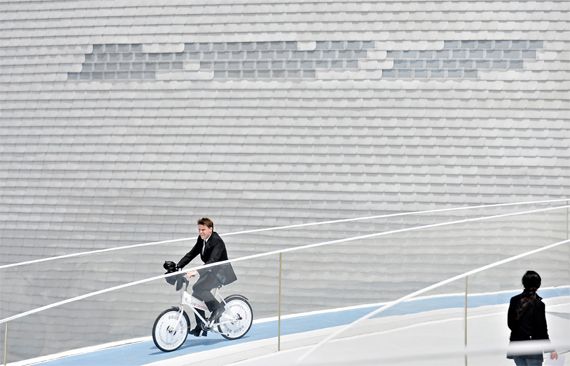
![[a barriga de um arquitecto]](https://blogger.googleusercontent.com/img/b/R29vZ2xl/AVvXsEh4jxSFgS7aN5np9gNAv5D6FLs8GihH_1lu1XrTdi7CmZ6DwtdH1DQ7u6RQnN6SosH_HFrY3YQzoLlvzBeEK-cxh0dveIqPEsEC661K_iPUh0NifbNNN-mRoy6nVc0ycEi972Llyg/s1600/bA_LOGO_MOCHA_2016_650.jpg)
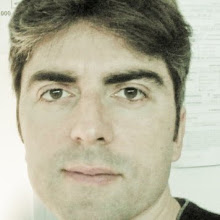







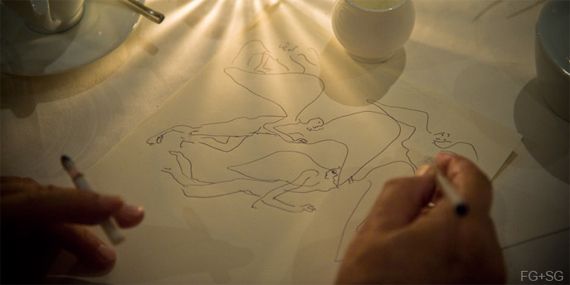





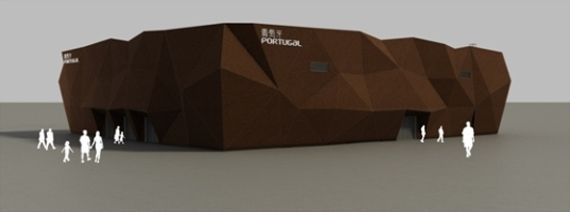

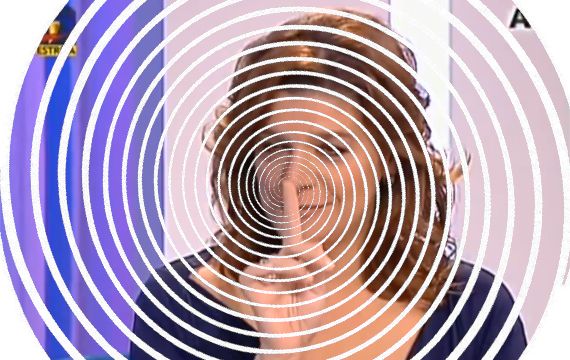

More at CEBRA_toons.